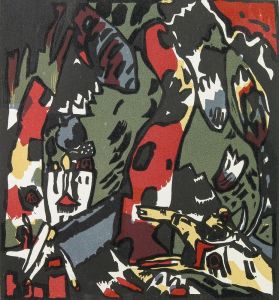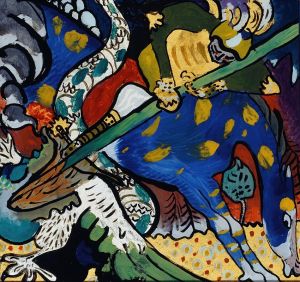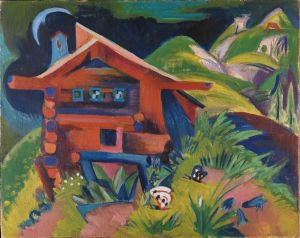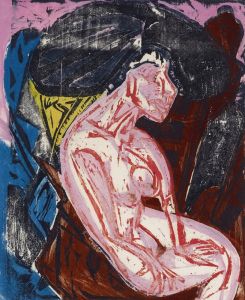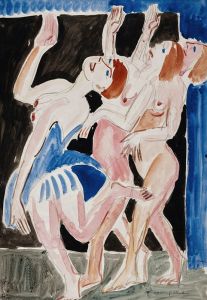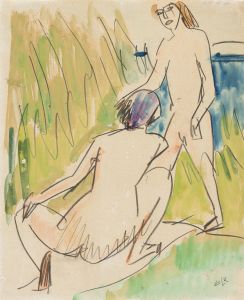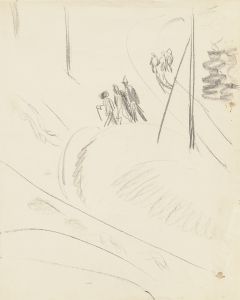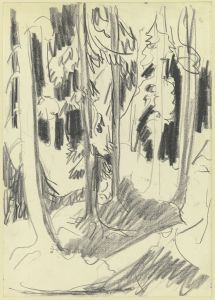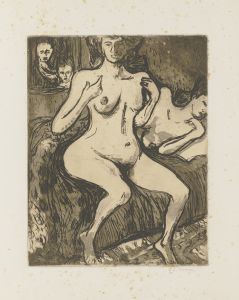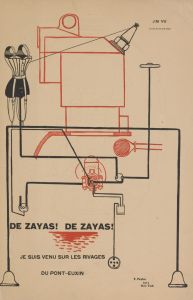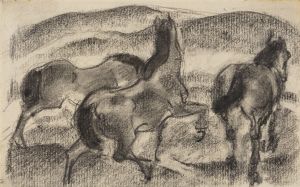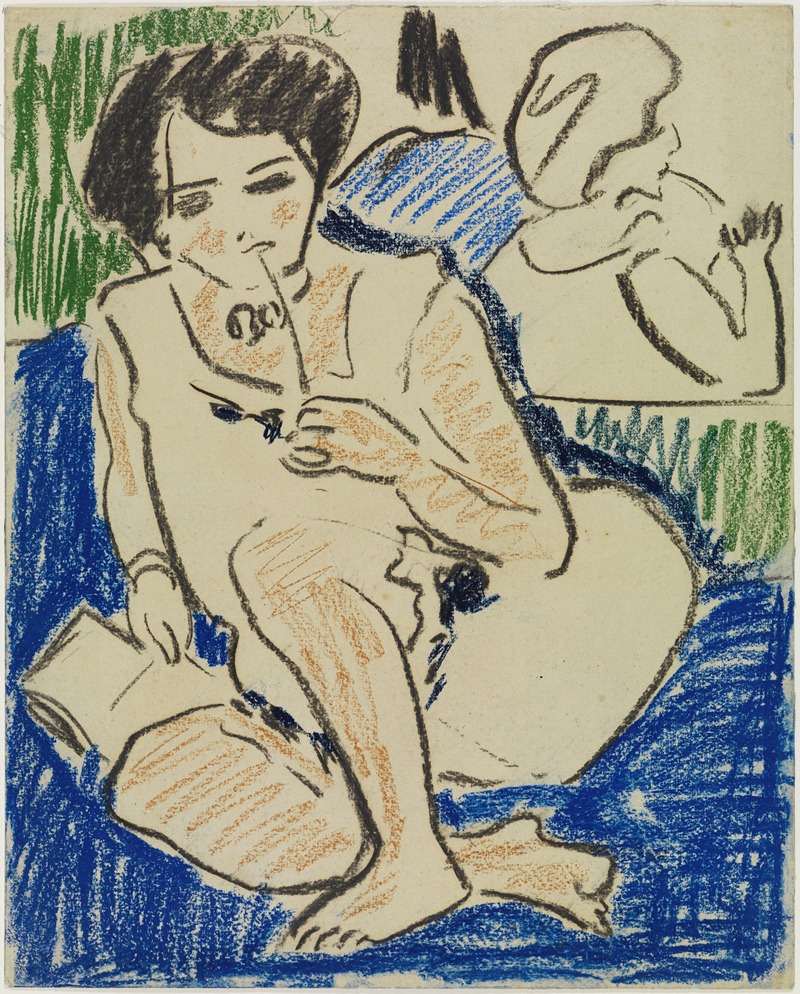
Hockende mit Buch
A hand-painted replica of Ernst Ludwig Kirchner’s masterpiece Hockende mit Buch, meticulously crafted by professional artists to capture the true essence of the original. Each piece is created with museum-quality canvas and rare mineral pigments, carefully painted by experienced artists with delicate brushstrokes and rich, layered colors to perfectly recreate the texture of the original artwork. Unlike machine-printed reproductions, this hand-painted version brings the painting to life, infused with the artist’s emotions and skill in every stroke. Whether for personal collection or home decoration, it instantly elevates the artistic atmosphere of any space.
Ernst Ludwig Kirchner's painting Hockende mit Buch (translated as Squatting Woman with Book) is a work by the German Expressionist artist, created during the early 20th century. Kirchner, a founding member of the influential art group Die Brücke (The Bridge), was known for his bold use of color, dynamic compositions, and exploration of modern life and human form. This painting reflects his interest in the human figure and his characteristic style of distorted forms and expressive brushwork.
The artwork depicts a woman in a squatting position, holding or reading a book. The figure is rendered in a simplified, angular style, typical of Kirchner's approach to the human body. His use of exaggerated proportions and sharp lines emphasizes emotional intensity over realistic representation. The painting is believed to be part of Kirchner's broader exploration of themes such as introspection, leisure, and the relationship between humans and their environment.
Kirchner's work often drew inspiration from non-Western art, particularly African and Oceanic art, which influenced his approach to form and composition. This influence is evident in the stylized treatment of the figure in Hockende mit Buch. The painting also reflects the broader goals of Die Brücke, which sought to break away from academic traditions and embrace a more direct, raw, and emotional form of artistic expression.
The exact date of creation for Hockende mit Buch is not definitively documented, but it likely falls within Kirchner's most productive period, between 1905 and 1915, when he was actively involved with Die Brücke. During this time, Kirchner and his contemporaries were experimenting with new ways of representing the human experience, often focusing on themes of modernity, alienation, and the natural world.
Kirchner's career was deeply affected by the political and social upheavals of his time. After serving in World War I, he suffered from physical and psychological trauma, which influenced his later works. Despite these challenges, he remained a significant figure in the development of modern art. His contributions to Expressionism have left a lasting impact on the art world.
As of now, specific details about the current location or ownership of Hockende mit Buch are not widely available. Kirchner's works are held in major collections worldwide, including the Brücke Museum in Berlin and other institutions dedicated to modern art.






